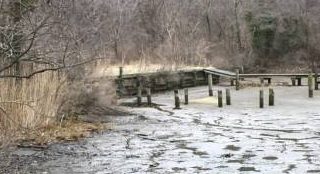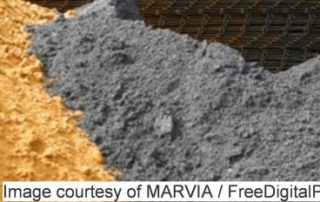Planting and Maintaining Trees in Urban Areas
Approximately 80% of the U.S. population lives in cities. As a result, more and more people are disconnected from natural areas such as forests and are unable to reap the daily benefits they provide. This makes urban trees extremely important for providing shade, removing air pollutants, reducing stormwater runoff, and providing recreational and aesthetic benefits. If you don’t think urban trees are important, consider this: Properly placed trees can reduce heating and cooling costs by 10-20% on average within 10-15 years after planting (Heat Island Group 1996). Sales prices of homes with trees increased by 3.5% to 4.5% over similar [...]










